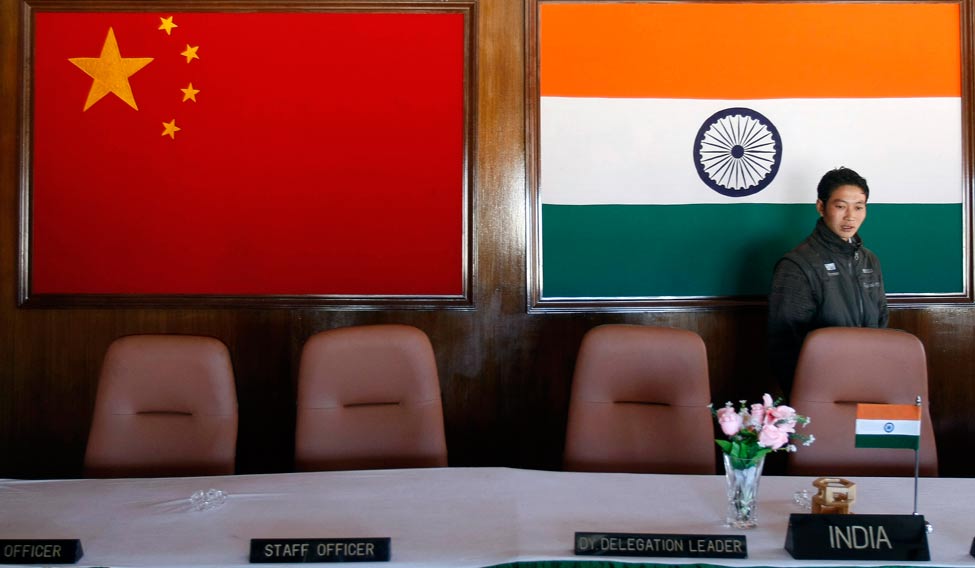India figured among the top 10 nations in the world where inequality reigns the highest. The World Inequality Report’s first edition comes as a by-product of the World Inequality Lab, at the Paris School of Economics, which maintains the world’s wealth and income database. The institute is run by five globally acclaimed economists including Nobel prize winner Thomas Piketty.
Launching the report in New Delhi, Lucas Chancel, co-chancellor of the World Inequality Lab, said that globally, distance between China and the richer countries have narrowed over a 60-year-period.
“This is primarily because China chose to invest far more on public infrastructure related to education, health and transport, addressing the bottom 50 per cent income population, but not India,” said Chancel, at the India spotlight session of the global report launched earlier in Paris on December 14, and hosted by Indian Council of Research on International Economic Relations (ICRIER).
Sieving through income data of nations over past 60 years, Chancery said that this inequality gap between the two Asian tigers existed as China’s bottom 50 per cent income group’s wealth grew at 400 per cent during the period, while India’s bottom 50 per cent grew only by 100 per cent during the same period.
“It is the middle class, the top 40 per cent to 50 per cent income group, which grew slower than average in India,” said Chancel, drawing attention towards a growing middle class distress in India.
The report observed that the bottom 50 per cent income group across the world increased their wealth by 11 per cent during last 60 years. However, the top 1 per cent income group’s wealth grew by more than double that, at 25 percent.
Interestingly, this report also challenges a number of long held notions over economic terms used to calculate wealth. It challenges the veracity of GDP or GVA numbers, or even the household consumption based surveys, as absolute reflection of an economy.
Instead, it upholds national income and tax data, rather personal and government wealth, as a far better picture of a nation’s overall economic health.
“India’s investment in education, health and transportation has remained stressed in the past. But if this inequality gap between the top one percent and at the bottom 50 per cent are to be removed, we will have to address these,” said Chancel.
The report also found that public capital—comprising of government spending on public infrastructure, shares and stocks in publicly listed companies, deposits minus its debts—has come down significantly across major economies.
“This is a worrying trend as it means that people’s expectations from the government are being driven to an all-time low,” said economist Pronab Sen, speaking at a panel discussion around the launch. “This is a threat to any welfare economy model,” said Sen, currently the Country Director for the International Growth Centre’s India Central programme, and former national statistician. “In India, we are saying that the saving individual does not need too much of an incentive. Bank rates have come down abysmally, yet no one is talking about it, while the market for various financial products have flourished. And all we are told is ‘mutual fund sahi hai’,” Sen said.
Sen, also argued that public debt is not always bad and said that the Current Account Deficit is a western-introduced concept developed to brainwash Indians, owing to rising paranoia in the west about India’s public debt levels, even though their own case might be much worse.
Reflecting on India’s situation for inequality, Himanshu, an associate professor in JNU and a scholar on agrarian distress in India, said: “Inequality is not an inevitable consequence of growth.”
He said that in last 15 years in India, the middle class has been ‘squeezed’ to accommodate phenomenal growth of the top 10 per cent and a relatively high growth of the bottom 40 per cent.
Social anthropologist Sandeep Chachra, executive director, Action Aid India, raised doubt that India’s formal economy could absorb 500 million jobless people and another 200 million who will be added after being pushed out of farming.
“In India, land is central of reducing inequality. Therefore, an investment in India’s peasant economy would be the most relevant solution to reduce the inequality gap,” said Chachar.






